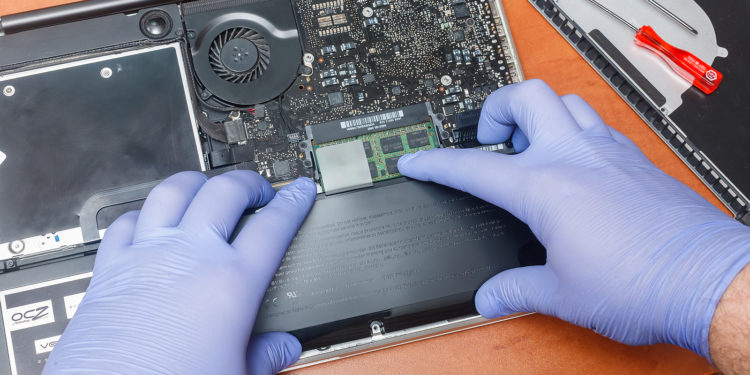Independent technicians have reportedly been able to use leaked MacBook schematics to assist with repairs.
Last month, the ransomware group REvil penetrated the systems of Apple supplier Quanta and gained access to detailed schematics of past and future Apple products. The ransomware leak revealed details of the upcoming MacBook Pro update, including specific information about the addition of new I/O options on the side. A new report from Motherboard describeshow the leaked schematics are also helping repair experts learn more about Apple's internal design. The report explains that independent repair shops are turning to these leaked schematics to give customers access to data and offer additional repair services.
Repair experts criticize Apple
Although hobbyists with a guide and a good set of tools can perform simple repairs, like replacing a MacBook's battery, logic boards are much more complex. They can require microscopic adjustments to circuits and chips. And the stakes couldn't be higher: These are the components that determine whether someone gets their data back if something goes wrong. Many professionals, including those at Apple, aren't able to do this work. Those who can benefit immensely from schematics like the ones hacked by REvil.
The independent repair experts also take this as an opportunity to criticize Apple for refusing to provide this kind of schematic data at all. For example, Louis Rossmann, owner of the Rossmann Repair Group, told Motherboard that he would gladly pay Apple $1,000 every year to receive this information. Instead, he has to rely on documents uncovered through hacks and leaks. Experts quoted in the report say that these so-called blueprints do not reveal any trade secrets, contrary to what Apple claims. Gay Gordon-Byrne, Executive Director of the Repair Association, explains:
“Information should not actually be secret”
The idea that there is some creativity in the way the lines are drawn is kind of ridiculous, but that's the rule. You can't recreate a phone or a MacBook with a schematic. The schematic is basically, "this part connects to this part." You don't know what the parts are or what they do. You just know there's a connection.
This type of data is often shared in repair shops - sometimes on physical media such as USB hard drives. Although sharing such documents is illegal in many cases, many people in the repair industry don't see it as a problem because such information "shouldn't really be secret."
They've already popped up on forums and online marketplaces. You can get one for a few bucks if you know where to look. In that sense, REvil's hack is about more than a trough of PDFs: It's a front in the shadow war waged between Apple and indie repair experts who claim they just want to help consumers fix their devices. (Photo by Victorych78 / Bigstockphoto)





